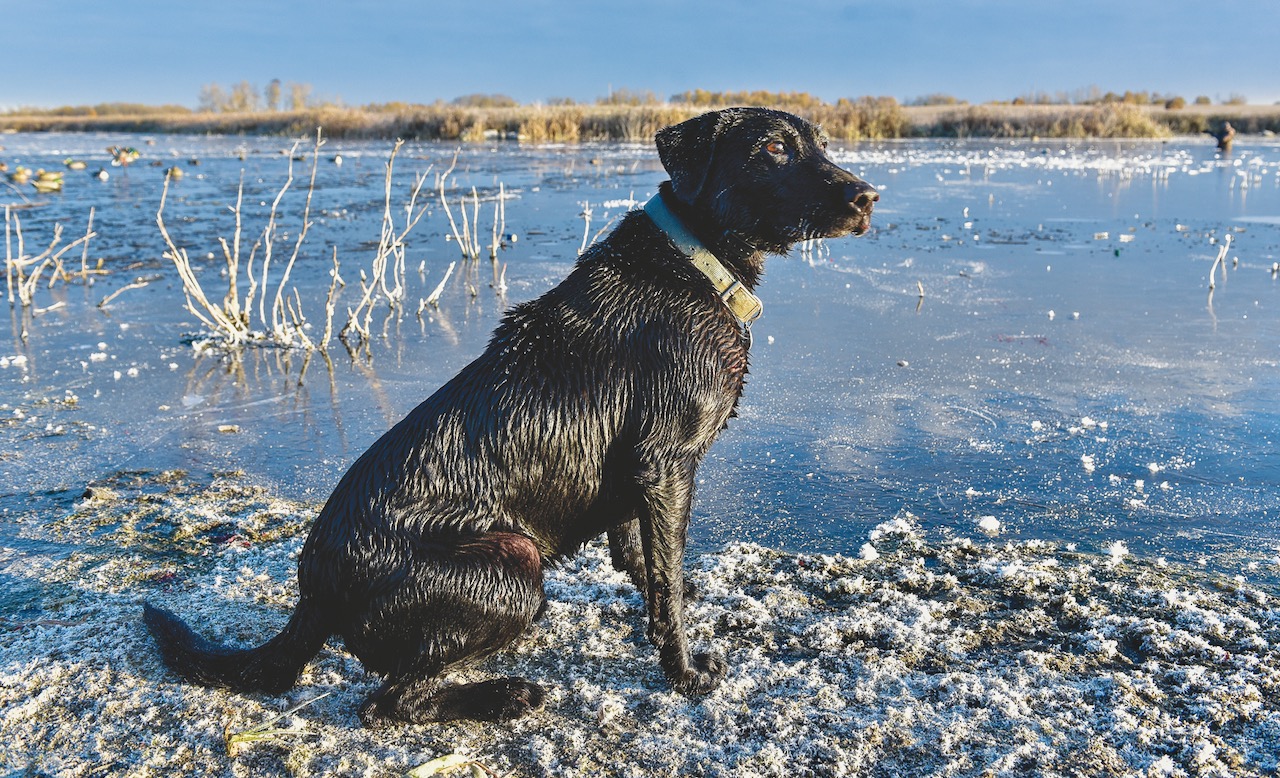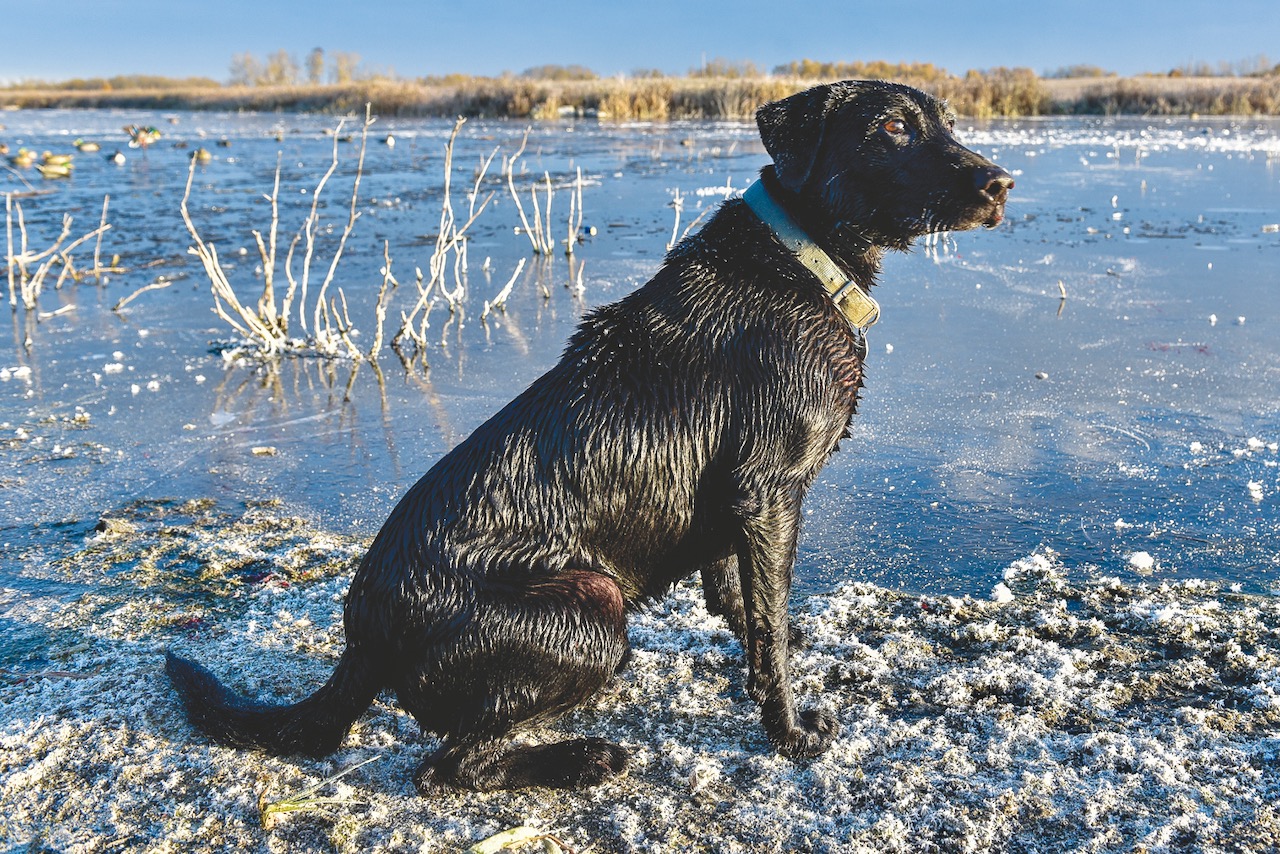TAIL TROUBLE
Limber tail (or cold-water) comes from over-exerting the tail, often while swimming
Advertisement

There’s something pitiful about a dog that can’t wag its tail, and that’s exactly what happens because of a common injury known as limber tail, or cold-water tail. While the ailment may cause pain and rob your four-legged hunting companion of the ability to show happiness, the good news is it usually heals after a few doggie-down days. If you own a retriever, pointer, hound or other working breed, take note of the causes, symptoms and treatment.
CAUSES
Advertisement
Limber tail is typically the result of over-exerting the tail, especially when the dog is swimming in frigid water. Labrador retrievers, for example, use their powerful, so-called otter tail as a rudder and for propulsion in the water. As well, many breeds vigorously wag their tail when they’re on a hot scent during upland bird hunts, which can also cause limber tail.
SYMPTOMS
Following a hunt, a dog may act as if all is well, but the symptoms can develop over the following 24 hours—it will literally be painfully obvious. The tail will hang completely limp, or stick straight out for five or eight centimetres, then hang down. The dog may also have difficulty defecating, and be reluctant to sit due to the pain. You may also notice swelling at the base of the tail.
Advertisement
TREATMENT
Again, limber tail will resolve itself after a few days, but it can be quite uncomfortable for the dog while it heals. To lessen the pain and prevent further injury, it’s important to let the dog rest. Also, apply a warm compress to the base of the tail to stimulate blood flow and speed the healing. Nonsteroidal anti-inflammatory drugs (NSAIDS) can also help. Ask your veterinarian for a prescription, however, as human NSAIDs are toxic to our canine companions.

